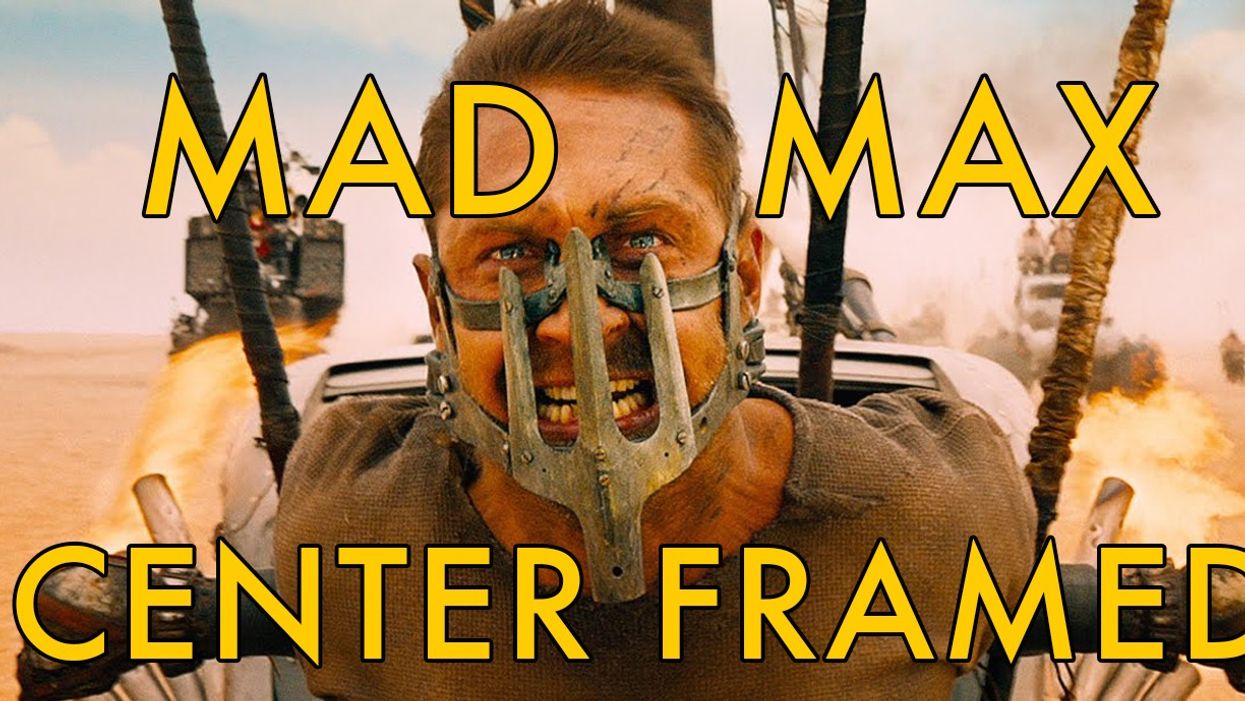How the Framing In 'Mad Max: Fury Road' Keeps the Viewer Oriented in a Chaotic World
Calling Mad Max: Fury Road a fast-paced thrill ride might just be the understatement of the year.

Though much of that brisk pace comes from the fact that an hour and 45 minutes of the two hour film are essentially a single high-octane chase scene, it also comes in the form of relatively fast cutting. In fact, the film is composed of roughly 2700 individual shots, which, when averaged out over the two hour run time, comes to 2.66 seconds per shot. During the faster sequences, that average is significantly lower.
While absurdly fast cutting is often used as a device to purposely disorient the viewer (a technique that has become known as chaos cinema), it's safe to say that Mad Max: Fury Road never feels particularly disorienting, even in its fastest, most chaotic moments. In another excellent post on his blog, Vashi Nedomansky shares an excerpt from the film overlaid with a frame guide and commentary from cinematographer John Seale ACS. And in this excerpt, we get the technical reason behind why the film doesn't disorient the viewer despite its breakneck speed, and that reason is intentionally-centered framings.
In essence, these centered framings keep our eyes locked into the appropriate areas of the frame at all times, the areas of the frame in which the most important actions take place. While it inevitably takes time for viewers to process the visual information in each new shot presented to them, this time is cut down drastically by constantly keeping all action focused in one area of the frame from shot to shot. In effect, this allowed Margaret Sixel, the film's editor, to cut rapidly and really drive the pace of the film into insane territory without leaving the audience in the dust.
If you're interested in learning more, Vashi breaks down the editing of this insane film even further on his blog, and also has links to all sorts of other cool Mad Max articles, so you should definitely go check it out.
Source: Vashi Visuals












